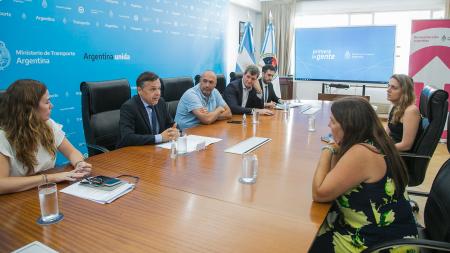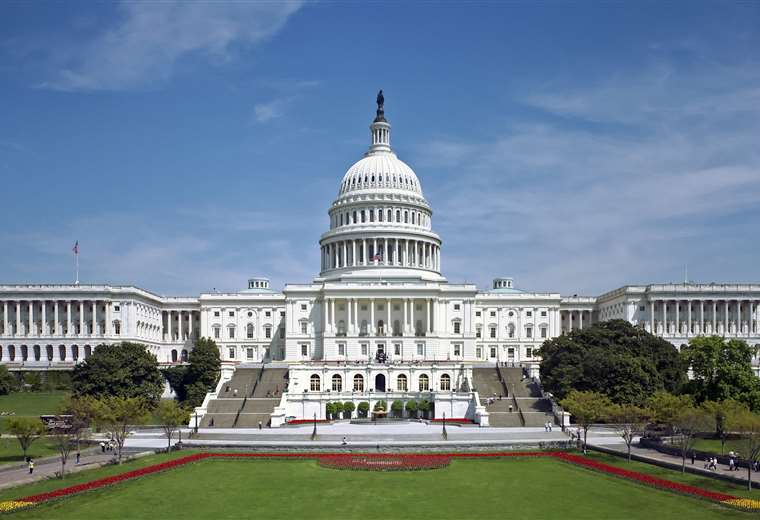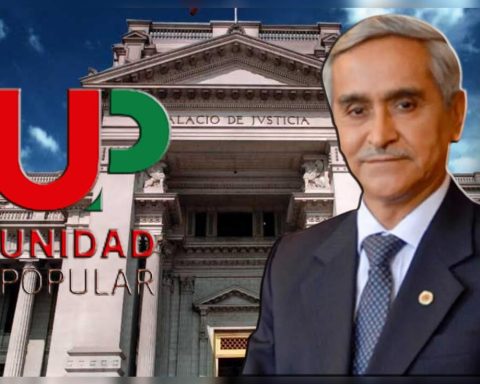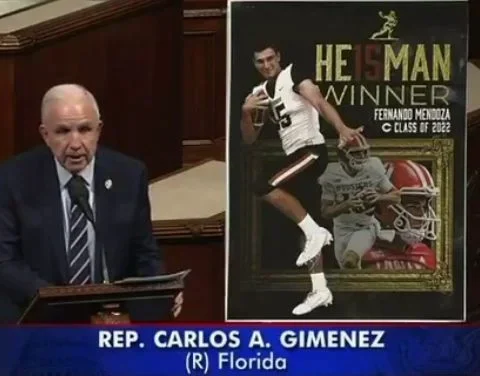The national government and that of the City of Buenos Aires agreed on a coordinated work scheme in February to analyze the transfer of bus lines that circulate only within the City, during a meeting held at the Ministry of Transportation.
The national portfolio headed by Minister Diego Giuliano reported that In February, a new meeting will be held with proposals from both parties aiming to have a transition period for the administration of its 32 bus lines and thus advance in the transfer process that began in February of last year..
In turn, during the meeting they discussed the formalization of the Metropolitan Transport Agency, the tripartite entity that brings together representatives of the City of Buenos Aires, the province of Buenos Aires and the national State for the joint coordination of multimodal transport.
Through this agency, created in 2012, the national government seeks to equate the city with the province in terms of control and responsibilities over the transport that takes place within each jurisdiction of the AMBA.
During the meeting, They discussed different proposals for the Buenos Aires administration to take charge of the bus lines and in this regard, the Nation team once again asked the City for greater economic participation in the support of its buses..
In this sense, it was highlighted that for the first months of 2022 they had not made contributions for the maintenance of the lines, but the year ended with a contribution of 51%, unlike what was contributed in 2018, which represented more than 80%. %.

The process began in February 2021 with the objective of complying with Law 26,740, Article 2 of the year 2012, which ratifies the transfer to the City of Buenos Aires of the Underground Transport and Premetro Services; of automotive and tram transport whose provision corresponds exclusively to its territory, and whose transfer was not carried out in full.
Also, in 2018, The Buenos Aires government itself signed a fiscal consensus with the previous government where it promised, like the rest of all jurisdictions, to take charge of the administration and financing of its own public transport.
The Minister of Transportation, Diego Giuliano; the Secretary of Transportation Management, Jimena López; the secretary of Interjurisdictional Articulation, Marcos Farina; the head of the advisory cabinet, Facundo Benegas; and the Undersecretary of Economic and Financial Policy for Transportation, Carlos Vittor.
Representing the Autonomous City of Buenos Aires were the Secretary of Transportation and Public Works, Manuela López Menéndez; and the Undersecretary for Mobility Planning, Lucia Capelli.
Prior to the meeting, Giuliano stated that it is necessary for the Government of the City of Buenos Aires “to take charge of its transportation”, and pointed out that “there are bus lines of the City that consume a large part of the country’s budget.”
The minister considered it necessary that “CABA, like all the provinces, decide to take charge of their transportation. She cannot be autonomous when it suits her, it is disrespectful to the neighbors. There are bus lines belonging to the City that consume a large part of the country’s budget, ”he said.
Subsidies for Automotive Passenger Transport throughout the country amounted to $150,450 million in 2022, with an increase of 41.13% compared to the level of 2021 and for the first time they were exceeded by those for the railway sector, according to data provided by the Congressional Budget Office (OPC).
In its “Monitor of subsidies to the transport of the National Administration”, the bicameral entity specified that the total transfers to the area (automotive, railway, commercial aviation and the rest) last year reached 357,891 million pesos, of which 52, 85%, or 189,132 million, corresponded to trains, 42.04%, 150,450 million, to buses and 1.84%, 6,600 million, to planes, with the rest corresponding to 3.27%, 11,710 million.
The distribution of transportation subsidies showed a change in their composition in 2022, according to the OPC Monitor, since historically those for the automotive sector were the main ones, but in 2021 they concentrated 39.04% of the total, compared to a 32.20% from the railway sector and 24.32 from the commercial airlines.
In previous years, the share of motor transport in total transport subsidies was even higher, with 57.31% in 2018 and 61.38% in 2017.


















